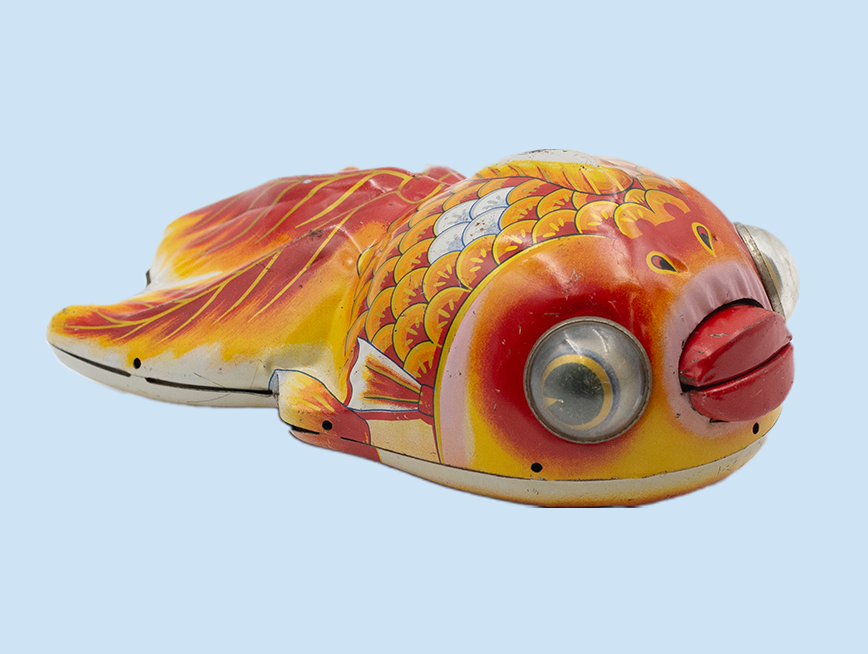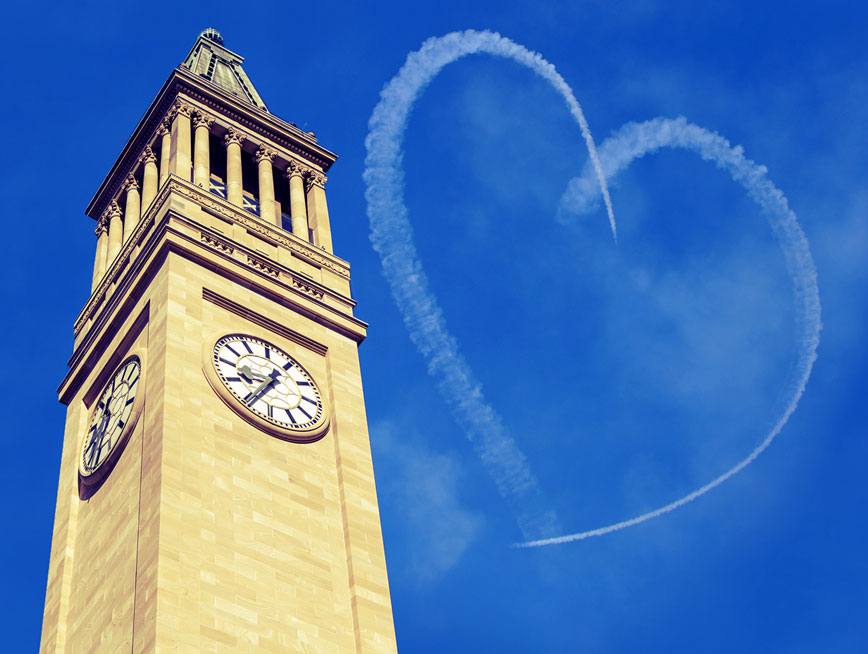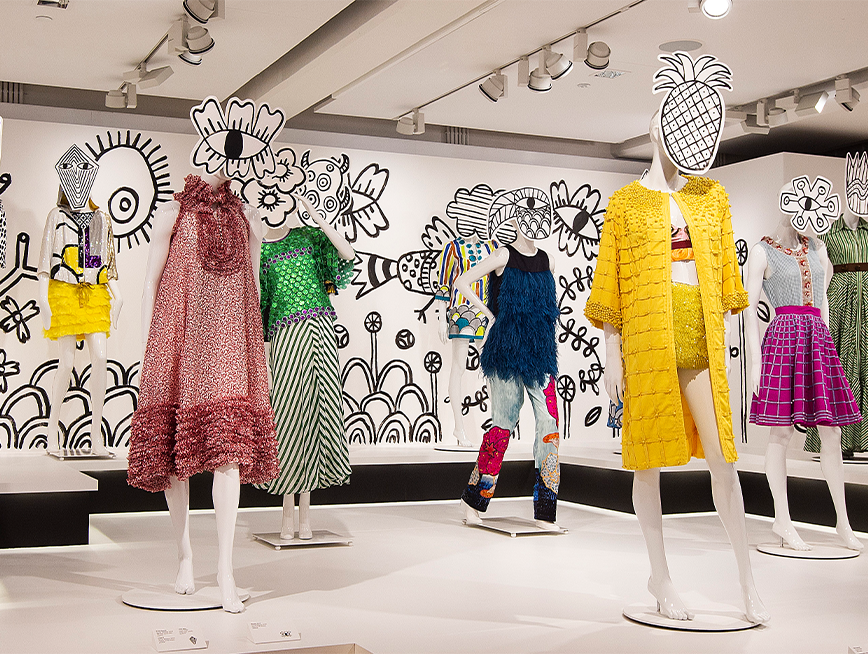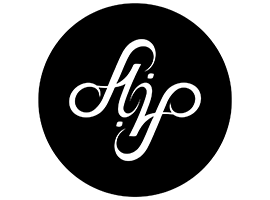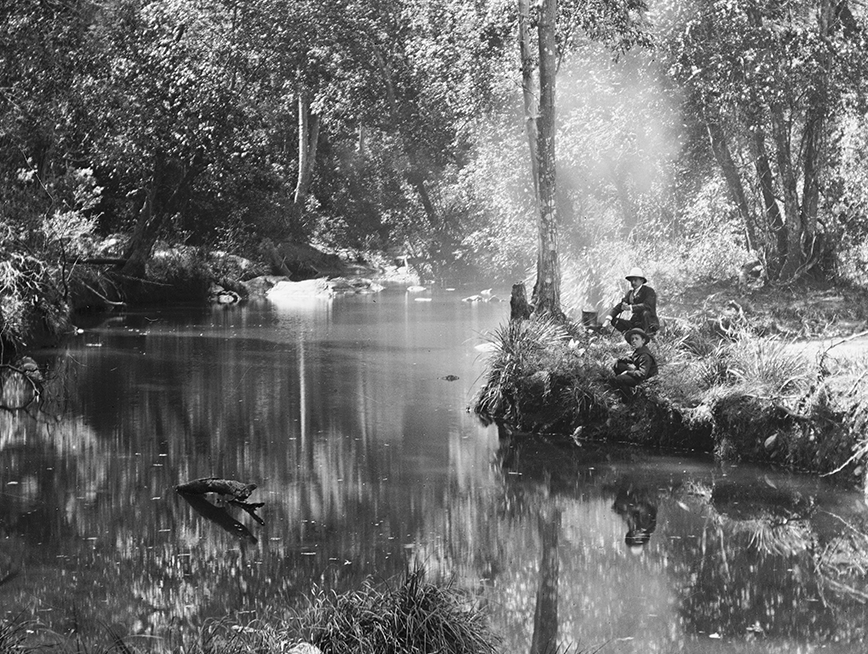Nina White’s photographic practice is underpinned by extensive research. She studies existing photographic archives, and sometimes compiles her own, as part of her artistic process. Nina’s work explores themes of family, memory, history and social norms.
We spoke with Nina White about her work An impenetrable past that is finished, featured in New Light: Photograph Now + Then. Nina shared her thoughts on photography’s power and complexity, her fascination with archives, and what drew her to the quiet details and emotional weight of the Elliott Collection.
Can you tell us about your practice and your interest in photographic archives?
My artistic practice is fairly changeable and responsive to the project I’m working on, but the through line is constant—I’m always obsessed with how photography works in our world… how it can be used as a way to open up conversations with people, challenge ideas, cement biases, influence consumers, reinforce power, enforce norms, tell stories, share personal triumphs, identify people, document horrors, document wonders, create mementos, augment memories.
The thing I find so interesting about photographic archives is that there has been a conscious choice made at some point that they are worth preserving. Someone deemed those photographs worthy of collecting together, organising, protecting. Someone gathered them based on specific criteria—and because they were considered significant enough, precious enough to archive—those photographs have new purpose. So many photographs never make it into the safe hands of archives—whether they’re home albums or museum collections. The Elliott Collection is a wonderful example of a lost collection of photographs finding a new life, new meaning and significance in the hands of the right custodian.
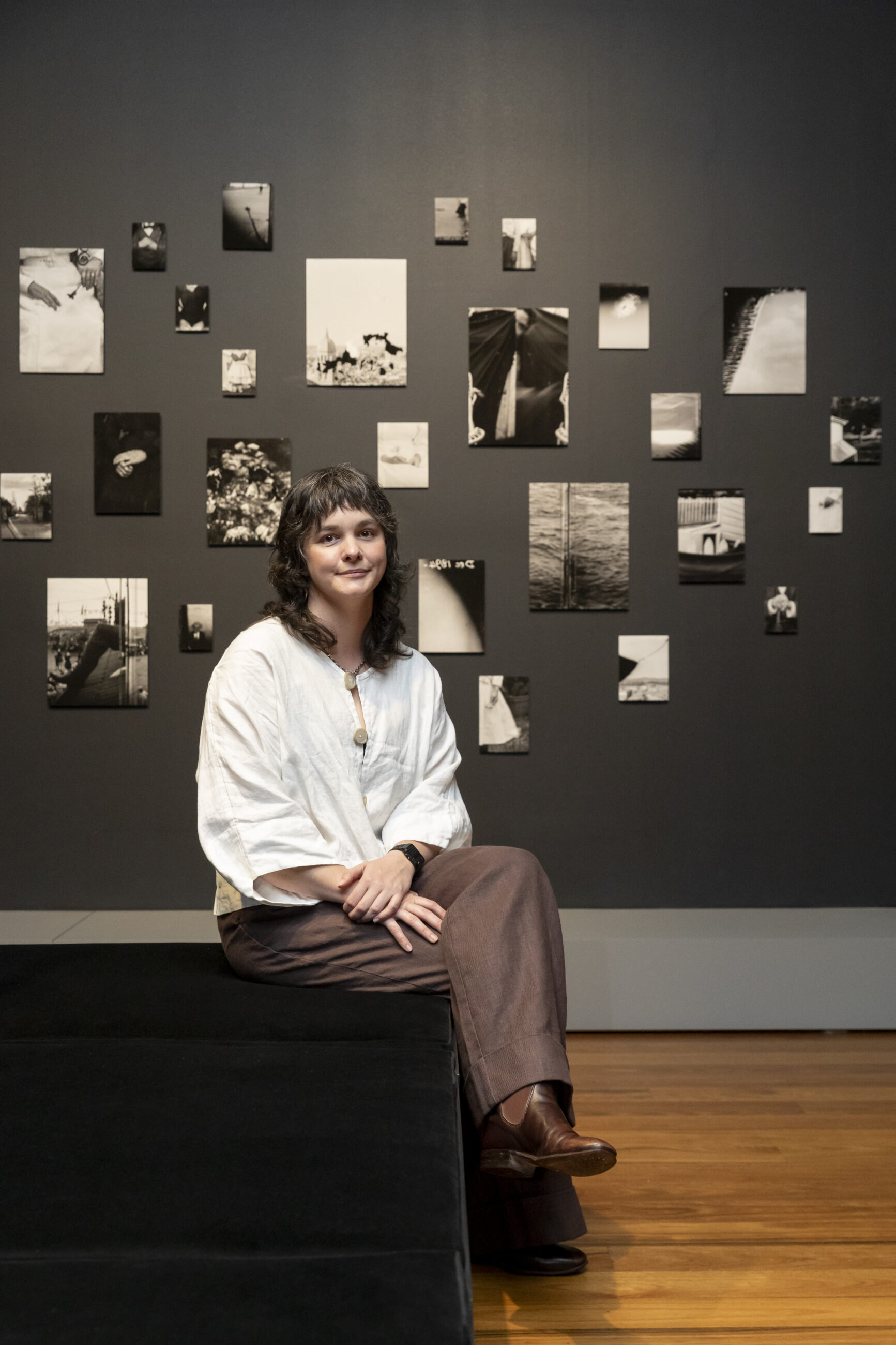
What does photography as a medium allow you to explore that other art forms might not?
Photography has so many uses in the world today—in marketing, propaganda, as documentation, in science, as illustration, in journalism, in family albums, as social media fodder and as art and often it is hard to tell what type of photograph you’re consuming. Few other mediums are so accessible, ubiquitous, and powerful within our culture. You’ve likely taken photographs yourself today, you’ve almost certainly consumed some photographs… in the shops, on your phone, on the news, in the paper or magazine, on your commute, in your email inbox, on product packaging or advertising and most of those photographs you consumed were probably aiming to influence you in some way. Photography is often spurned as an art form for these reasons, but I think that is also what makes it so fascinating and important.
Photography is so often assumed to be a ‘true’ and unmediated depiction of what was in front of the camera in the moment an image is made. I really enjoy using photography to engage with this tension head on, riffing on the medium’s complicated history and myriad uses to play with how we see the world through its (figurative and literal) lens. A photograph is never as simple as what was in front of the camera, and it’s these complexities and nuances that hold my interest and keep me going back to it as a medium.
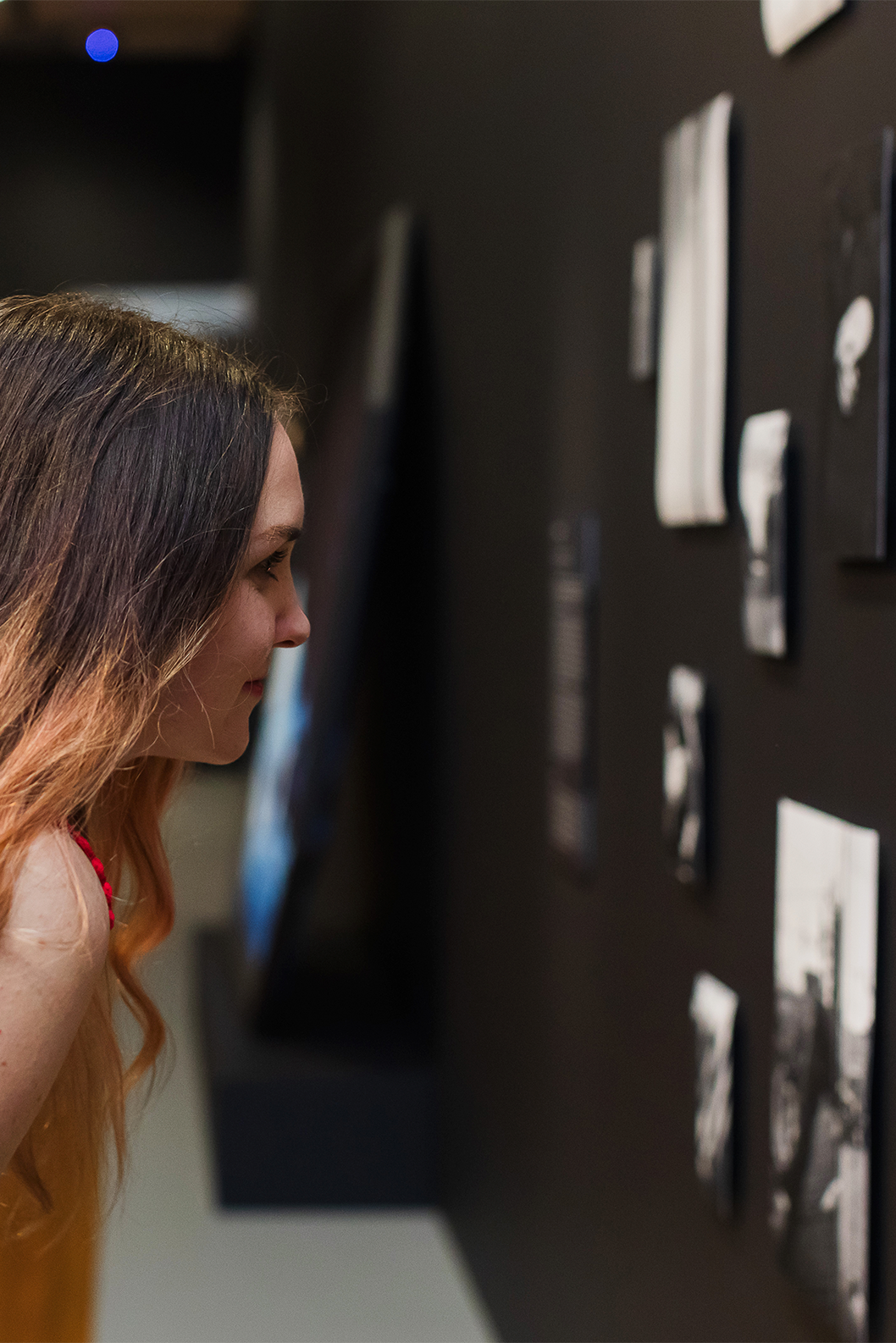

What aspect of the Elliott Collection do you find most interesting?
The Elliott Collection has such a wealth of images covering an extraordinary breadth of time, and subject matter… it resists easy categorisation and was honestly overwhelming at first. To give myself a manageable slice of the archive to tackle I decided to limit my focus entirely to the earliest images in the collection, which Alfred made with glass negatives in his tailboard camera. In these early photographs his family and friends feature heavily, and I was drawn to the relationships that seemed to play out in front of the camera. I started to imagine that I knew something about Elliott’s relationships from the way he photographed the people in his life … but you can’t really know what motivated him to make the photographs he did, or what was happening in his life beyond the frame.
The more time I spent with the Collection the more I became invested in the cast of characters, and I was constantly struck by the sad realisation that the photographs I was pouring over had outlived their subjects. This is where the title of the work comes from—this sense that I was catching glimpses of fully lived private lifetimes—meeting people briefly in past moments I would never really be privy to. I wanted to find a way to share this sense of being a little voyeuristic, a little heartbroken about the loss of these people I could never know, whilst also respecting their privacy and the intimacy of the archive.
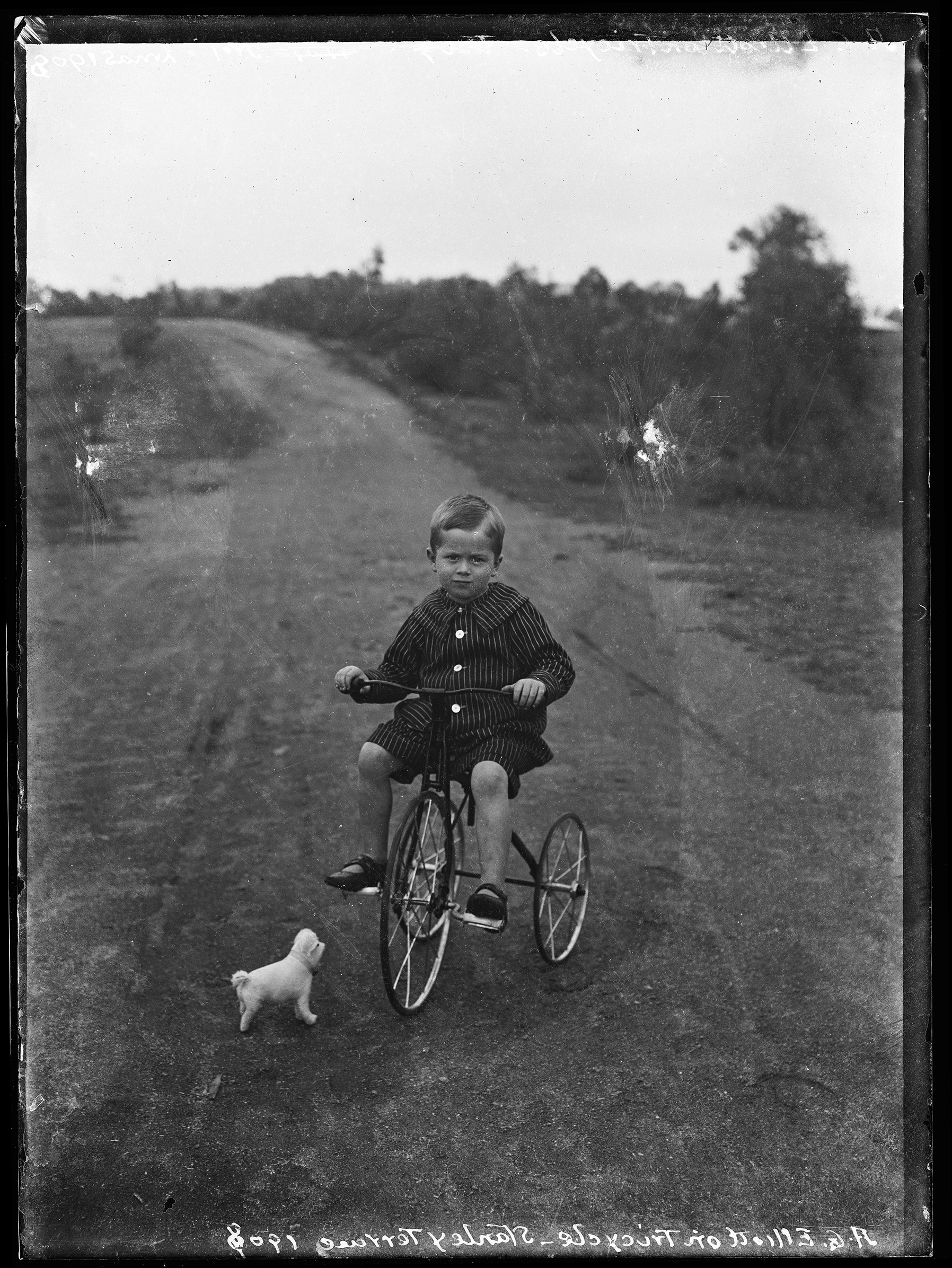
Your work, An impenetrable past that is finished, crops and zooms in on details from photographs in the Elliott Collection, such as hands clasping flowers and delicate lace collars. What can you share about your choice to focus on intimate details from the collection?
For my work in New Light: Photography Now + Then I wanted to draw out unseen and overlooked aspects of the Elliott Collection that spoke to the sentimental and everyday heart of the archive. I curated fragments of images which belong to this former life of the collection – from a time where it was a private album of one amateur man.
I hoped to share an assortment of moments that humanised the archive whilst also acknowledging the reality that, though these photographs may survive some 100 years later, the people represented in them have long since departed. Alfred Elliott’s family photographs feature heavily in the selection of images I’ve shared, but only in tiny windows—so many hands holding each other, holding flowers, making fists, clasped neatly—which attempt to retain a sense of privacy for the people featured.
Alfred seemed to be determined to preserve his loved ones photographically and the photographs have survived, but they’re really showing their age. I’ve included some of these traces of damage on the emulsion of the glass plate negatives as aesthetic objects in their own right—I think they’re beautiful testaments to everything these fragile glass negatives have endured.
The other thread through the work is people breaking into Alfred’s images unexpectedly… often passersby who seem fascinated and suspicious of the contraption they were seeing, sometimes people darting back into frame prematurely and captured peeking out from behind backdrops or featured only as fleeting silhouettes. These incidental moments were a lovely discovery in Alfred’s otherwise meticulous and formal images and seem to exist in-spite-of his desire to control everything within the frames he made. They also increase the sense of unease and ambiguity in the work as a whole.

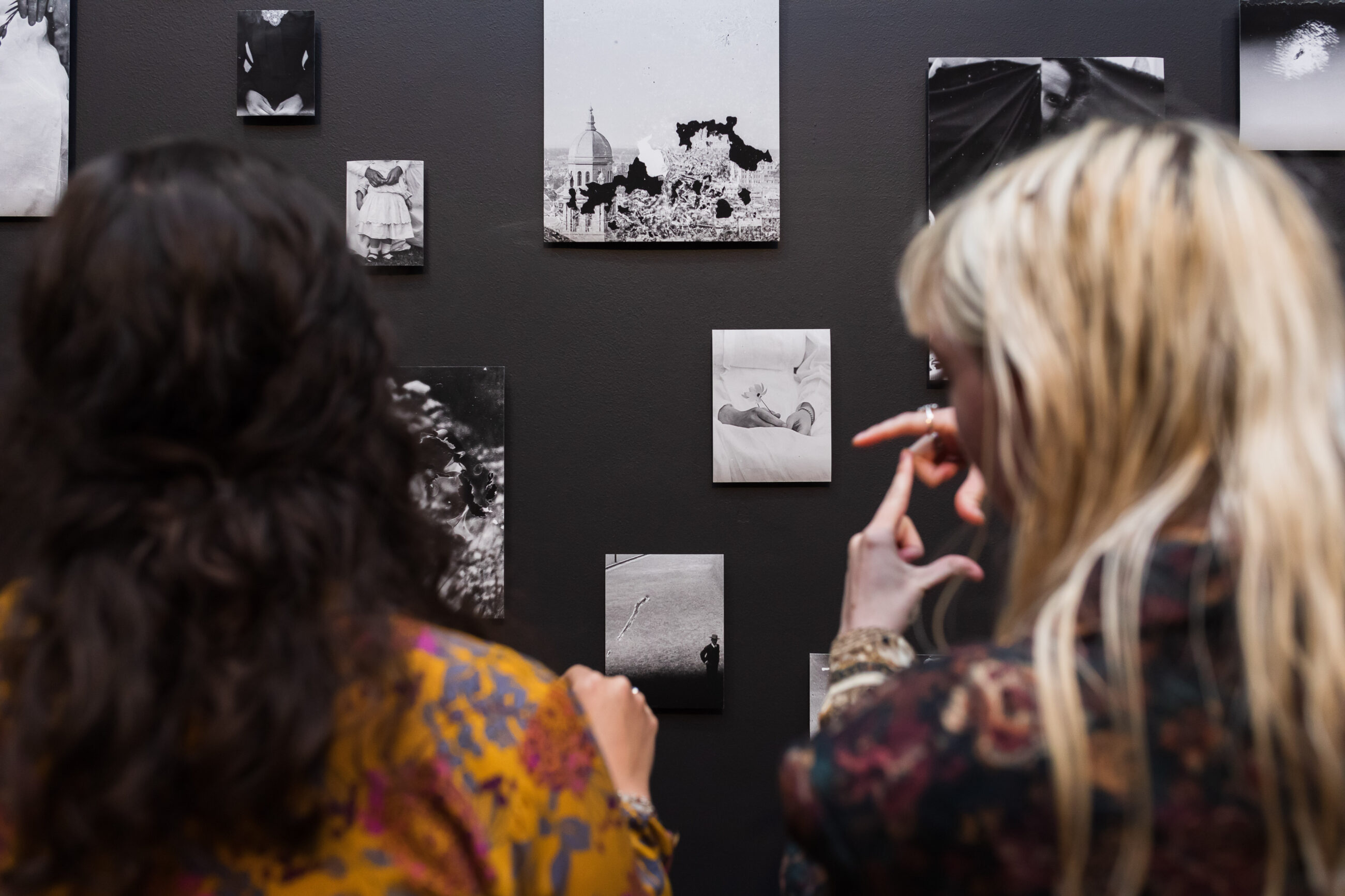
What do you hope people will take away or reflect on when they experience your work in New Light: Photography Now + Then?
I hoped to highlight the complexity of this archive of photographs, and I suppose also encourage people to think about photography and archives in a … New Light.
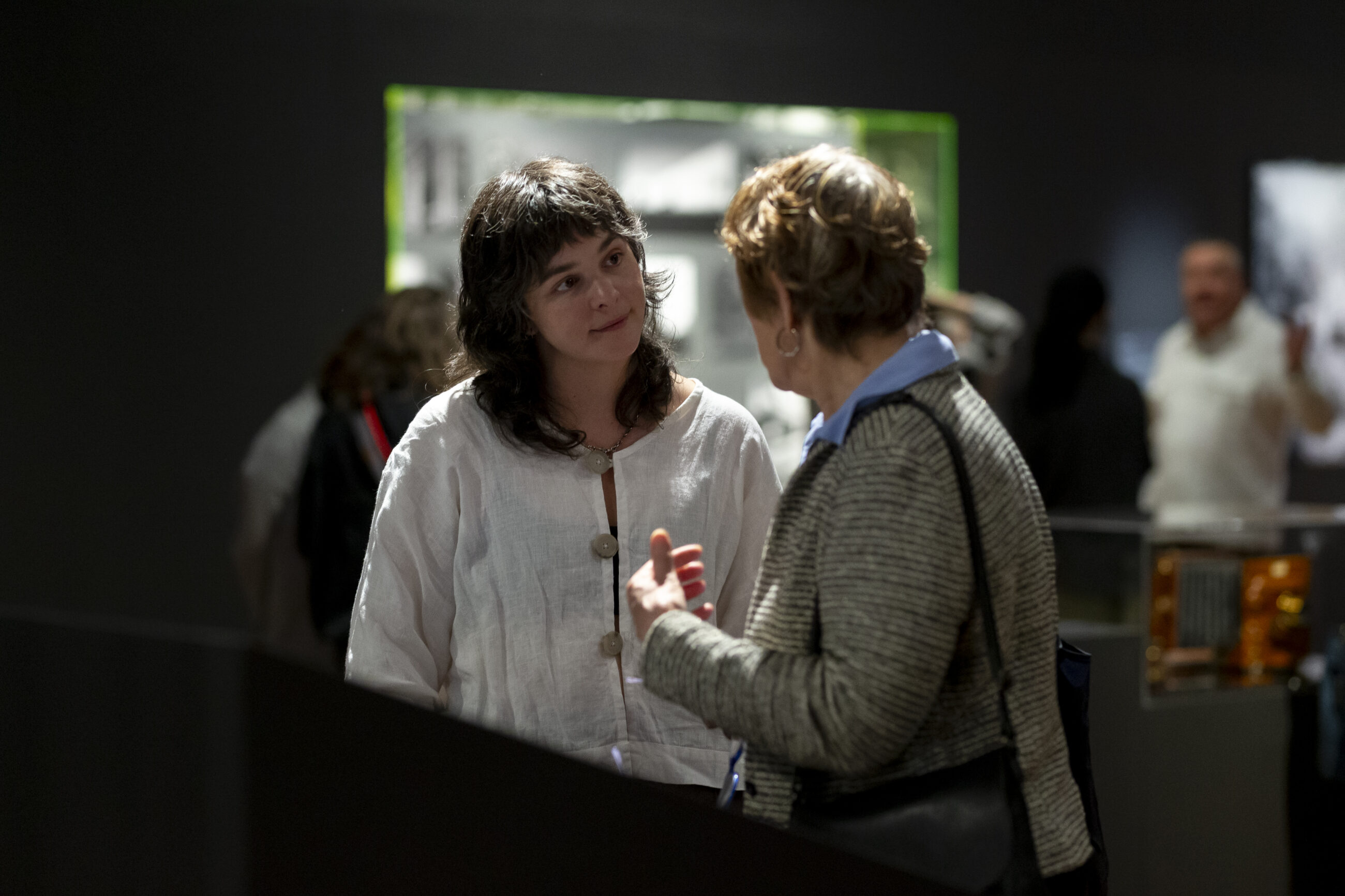
Discover more about New Light: Photography Now + Then


